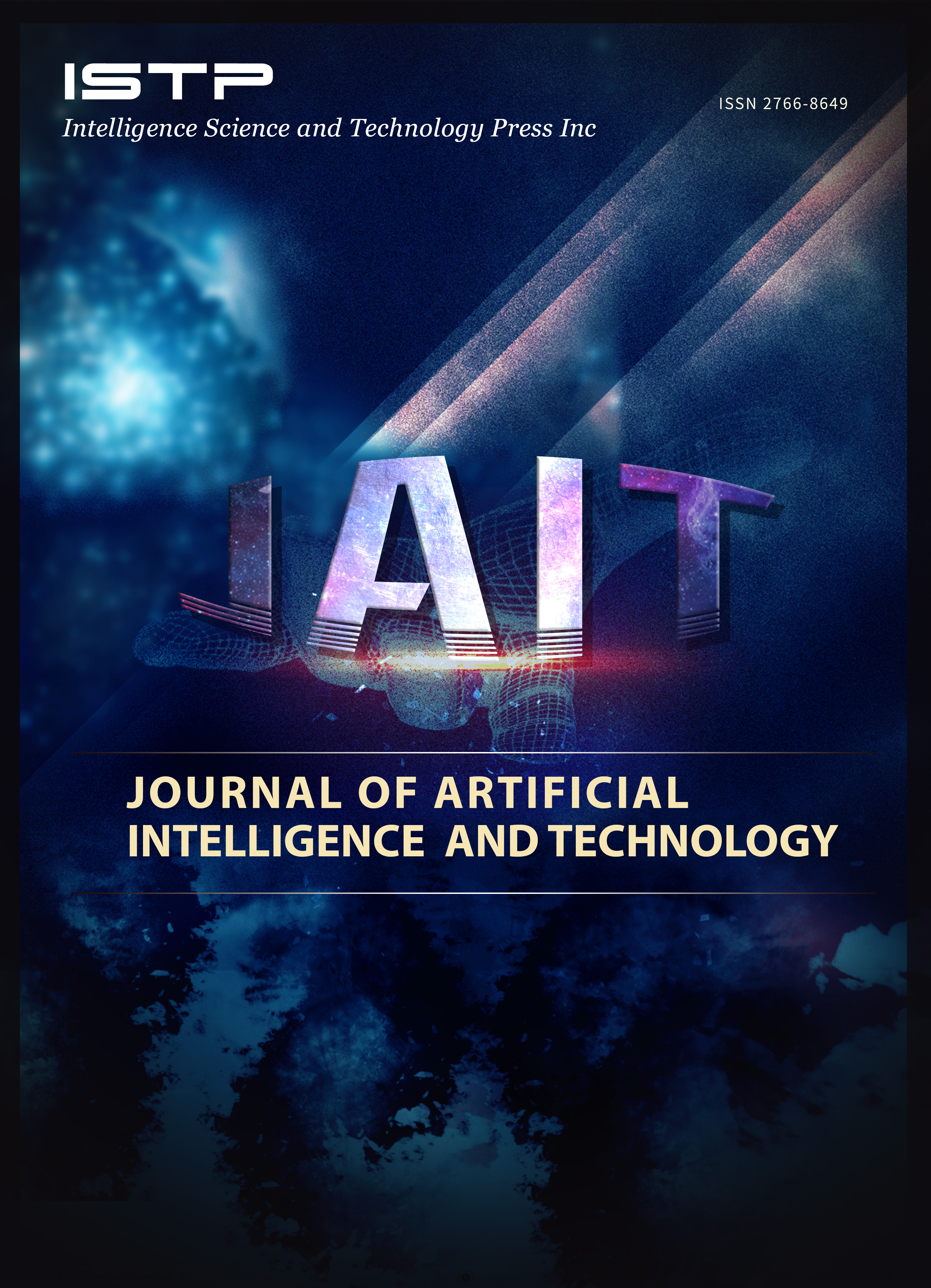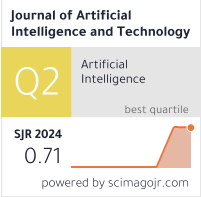Leveraging Transfer Learning for Durian Variety Classification
DOI:
https://doi.org/10.37965/jait.2025.0672Keywords:
CNN, durian variety, image classification, ResNet, transfer learningAbstract
This study evaluates the effectiveness of transfer learning compared to training a Convolutional Neural Network (CNN) from scratch for classifying eight durian varieties. A CNN with two convolutional layers, two max-pooling layers, and three fully connected layers improves accuracy from 20% to 68.79%, reduces average loss from 2.0 to 0.58, and requires 86 min and 17 s for training. In contrast, transfer learning with ResNet-18 significantly enhances both performance and efficiency. Fine-tuning the pre-trained model increases accuracy from 52% to 94%, stabilizing at 94–96%, reduces average loss from 1.36 to 0.14, and completes training in just 10 min and 20 s. Using ResNet-18 as a fixed feature extractor improves accuracy from 42% to 78%, stabilizing at 78–80%, reduces average loss from 1.68 to 0.68, and completes training in 10 min and 13 s. This study introduces an application-specific adaptation of transfer learning for durian variety classification, bridging a gap in agricultural image analysis research. The findings demonstrate how leveraging pre-trained feature representations enables rapid convergence and robust classification, even with limited data. Additionally, this research provides a foundation for automated durian grading, sorting, and quality assessment, contributing to precision agriculture and smart farming. By benchmarking transfer learning against traditional CNNs, this study highlights the superior efficiency and accuracy of transfer learning for agricultural applications, with broader implications for fruit classification, yield optimization, and post-harvest processing automation.
Published
How to Cite
Issue
Section
License
Copyright (c) 2025 Authors

This work is licensed under a Creative Commons Attribution 4.0 International License.





